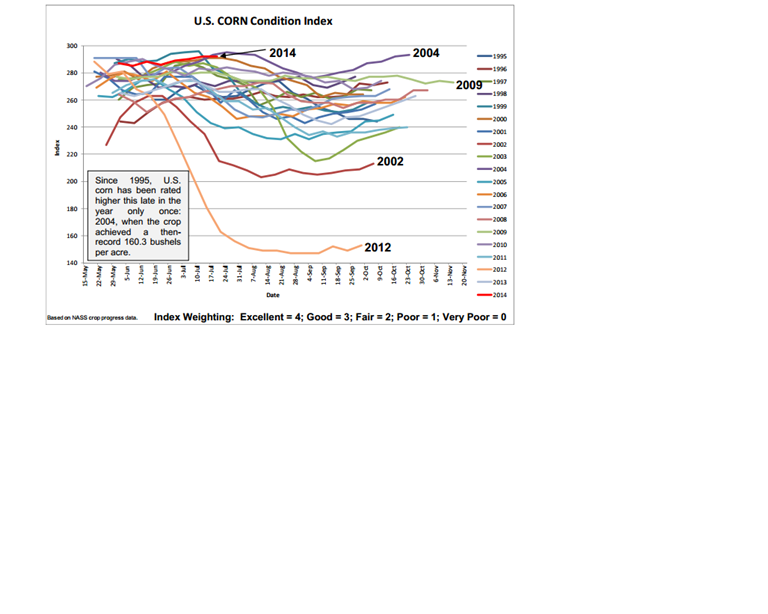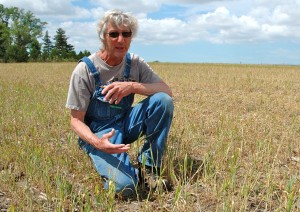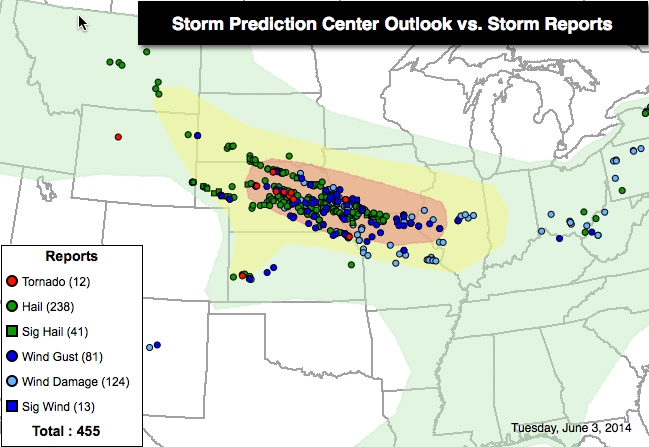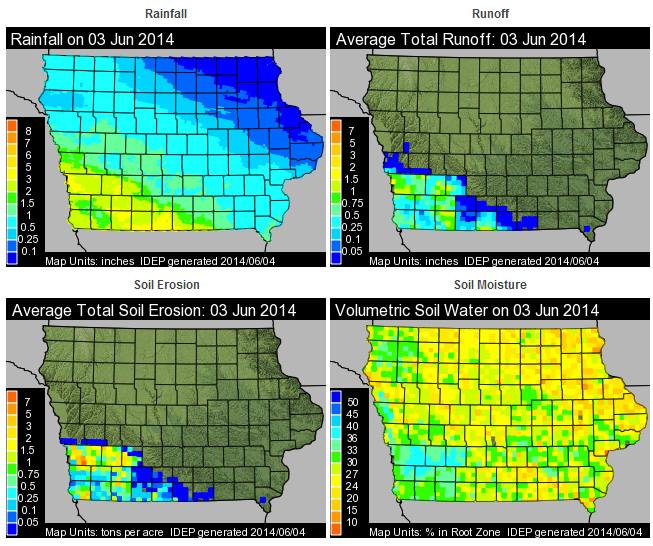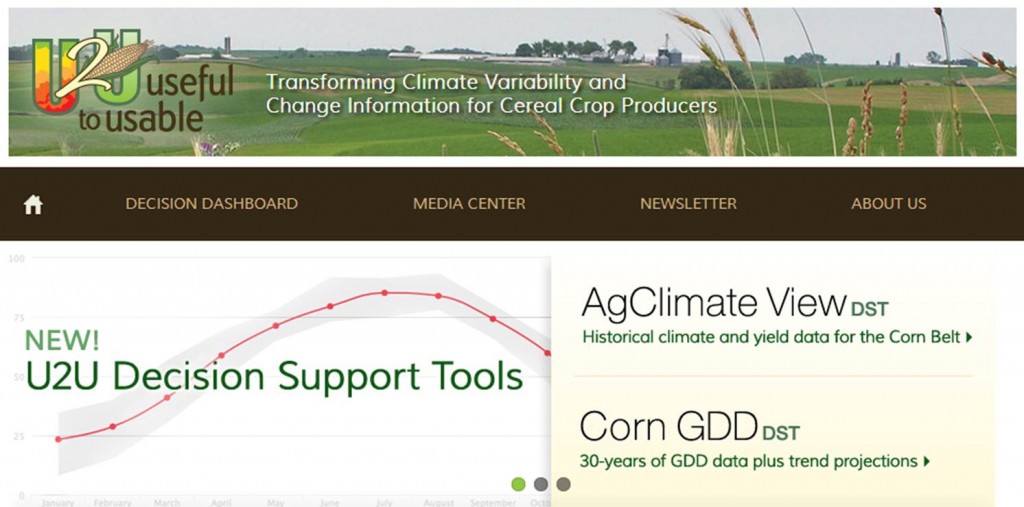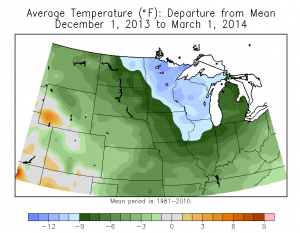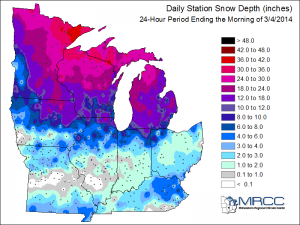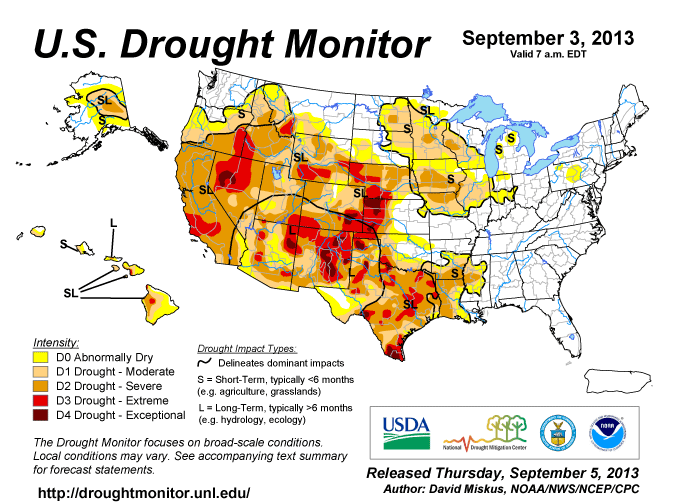The most recent Weekly Weather and Crop Bulletin on Wednesday 23 July included the following image on corn conditions across the Corn Belt. Note that since 1995 only one other year has had a higher overall corn condition rating at this point in the growing season – 2004.
Source: Weekly Weather and Crop Bulletin: http://www.usda.gov/oce/weather/pubs/Weekly/Wwcb/wwcb.pdf
This image clearly shows the impact of the overall cooler temperatures this summer. While the cool weather has been attracting some media attention for the lack of mid-summer heat, for the most part the cool has been very good for crop conditions over the bulk of the Corn Belt. Where moisture is not limited the crop has been able to grow well. Where moisture has been limited the reduced atmospheric demands of the cooler temperatures has reduced potential stress and allowed much of the corn crop to pass through tasseling with limited stress. Note that 2004 – the then-record yield – was also a very cool summer.
Even when conditions have warmed, they have been short-lived and often accompanied by high dew points, additionally reducing the atmospheric demand on crops.
The next question becomes – can we put on enough GDDs to get the crop to reach maturity in time? The current 6-10 and 8-14 day outlooks stay cool. The previous blog post by Jim Angel talked about the outlook for the rest of the growing season.

